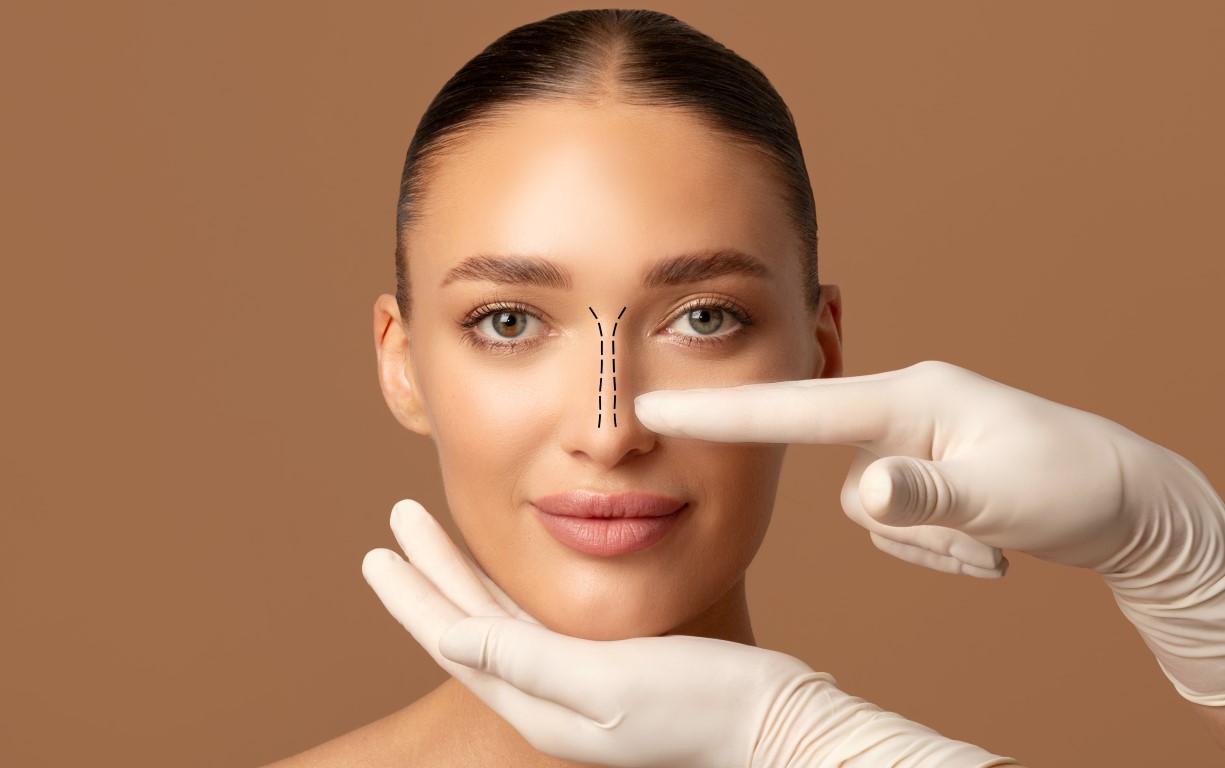
The Ultimate Guide to Rhinoplasty: What to Expect
Rhinoplasty, commonly known as a nose job, is one of the most popular cosmetic surgeries worldwide. Whether you want to enhance facial harmony, correct breathing issues, or address a nasal deformity, rhinoplasty can deliver transformative results.
If you are considering nose surgery, you likely have questions about the procedure, recovery, and expected outcomes. This comprehensive guide covers everything you need to know about rhinoplasty, including types of procedures, benefits, recovery, and frequently asked questions.

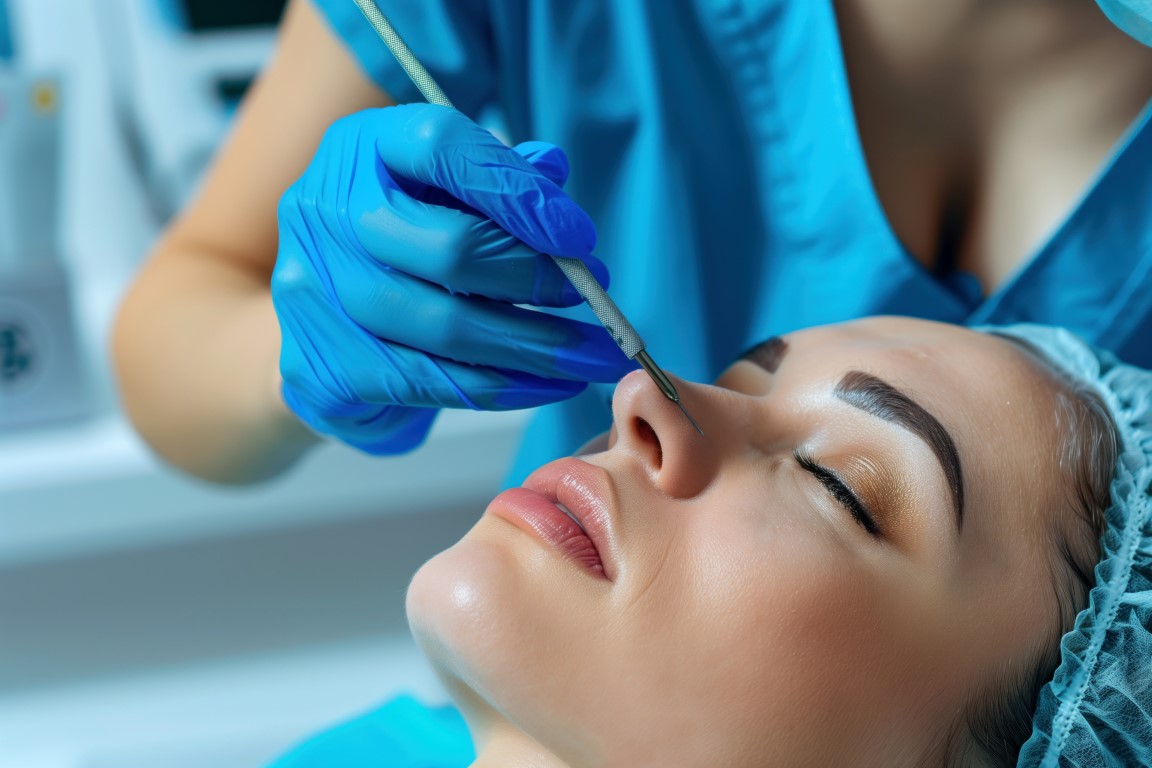
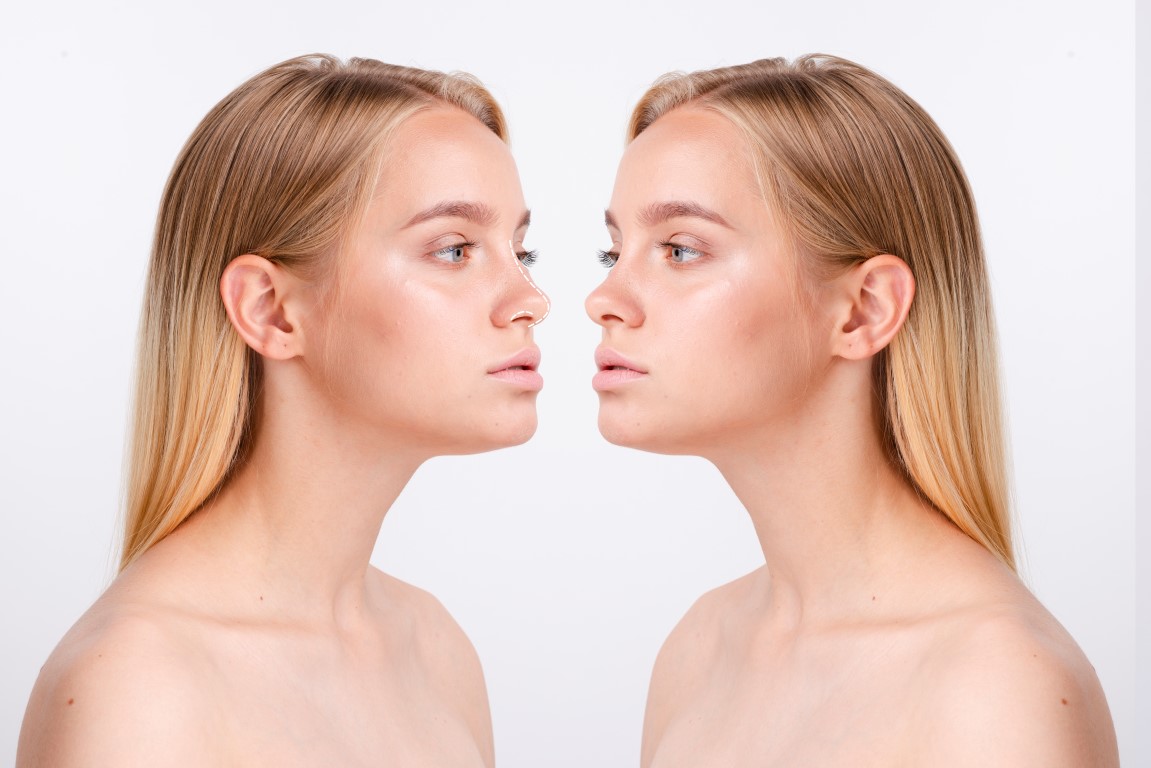
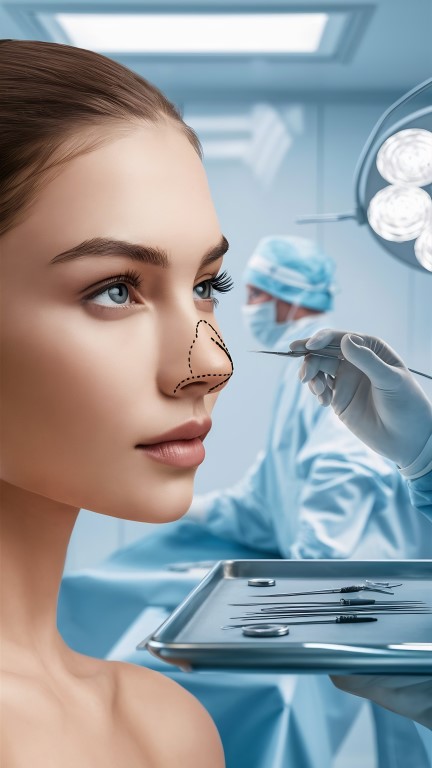
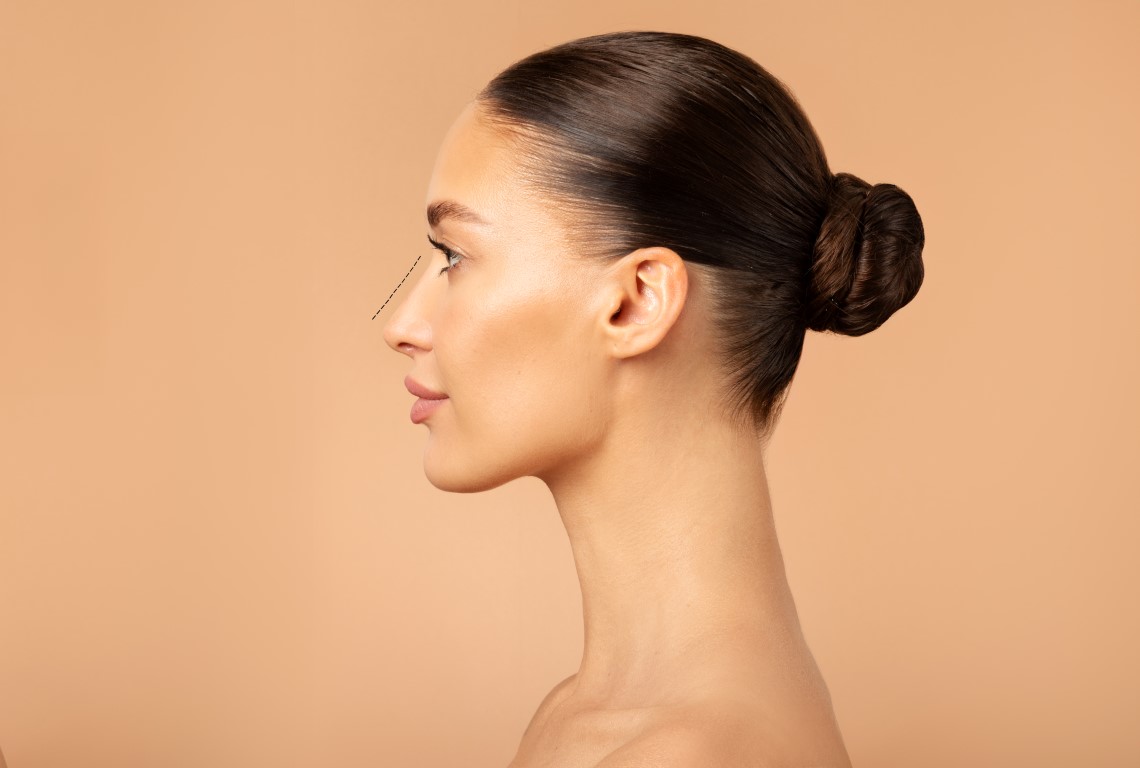
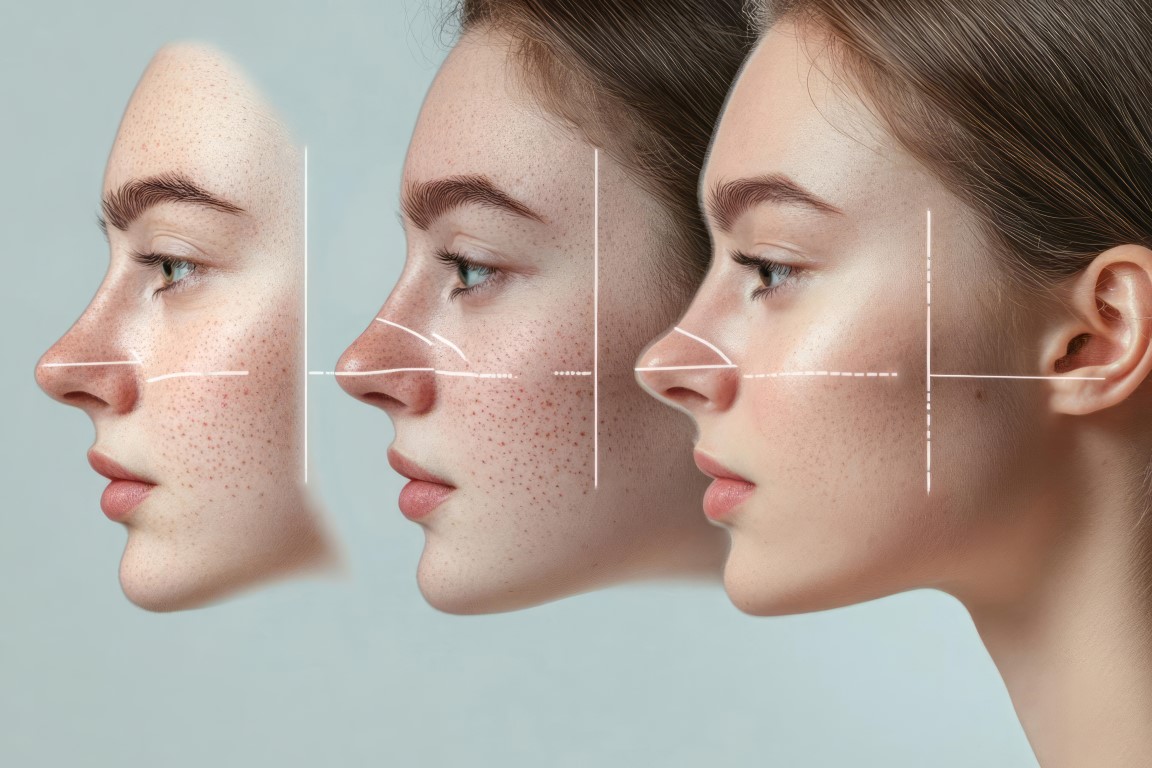 Months 3-6:
Months 3-6:


What Is Rhinoplasty?
Rhinoplasty is a surgical procedure designed to reshape and improve the size, shape, and function of the nose. It can be performed for cosmetic enhancement or medical purposes, such as correcting a deviated septum or breathing difficulties.Key Benefits of Rhinoplasty
- Reshapes and enhances nasal contours
- Improves facial balance and symmetry
- Corrects breathing problems
- Repairs birth defects or trauma-related deformities

Types of Rhinoplasty
Open Rhinoplasty
A technique that involves a small incision on the columella (the tissue between the nostrils). It provides better visibility for the surgeon, making it ideal for major nose reshaping and structural corrections.- Best for: Significant nasal modifications
- Recovery time: 2-3 weeks for initial healing

Closed Rhinoplasty
A minimally invasive technique with no external incisions, leading to faster recovery and no visible scarring.- Best for: Minor shape adjustments
- Recovery time: 1-2 weeks
Preservation Rhinoplasty
A modern approach that maintains the natural nasal structure while improving aesthetics. This method reduces post-surgery swelling and bruising.- Best for: Subtle, natural enhancements
- Recovery time: 1-2 weeks

Revision Rhinoplasty
A secondary surgery to correct or refine previous rhinoplasty results. This procedure is more complex and requires an experienced specialist.- Best for: Patients needing additional adjustments
- Recovery time: 2-4 weeks
Who Is a Good Candidate for Rhinoplasty?
- Individuals looking to improve the size, shape, or symmetry of their nose
- Patients with breathing difficulties due to a deviated septum
- Those with nasal humps, wide nostrils, or asymmetry
- Individuals in good health with realistic expectations
What to Expect Before, During, and After Rhinoplasty
Before Surgery: Preparation
- Consultation with a specialist to discuss goals and expectations
- Medical evaluation to assess overall health
- Avoidance of smoking and alcohol to promote faster healing
- Stopping certain medications like aspirin to reduce bleeding risk

During Surgery: The Procedure
- Duration: 1-3 hours, depending on complexity
- Anesthesia: Local or general anesthesia
- Incisions: Made inside the nose (closed rhinoplasty) or on the columella (open rhinoplasty)
- Reshaping: Cartilage and bone are adjusted for the desired shape
- Stitching: Incisions are closed, and a splint is applied for support
After Surgery: Recovery Timeline
First 1-2 Weeks:- Swelling and bruising are common
- Avoid blowing the nose or touching the area
- Sleep with the head elevated to reduce swelling
- Major swelling subsides, and initial improvements become visible
- Light physical activities can resume
 Months 3-6:
Months 3-6:
- Most swelling disappears, and the nose begins to take its final shape
- Full recovery takes 6-12 months, with the nose refining over time
Rhinoplasty Myths vs. Facts
| Myth | Fact |
| Rhinoplasty results look unnatural | When performed by an expert, results appear natural and balanced |
| Only celebrities get nose jobs | Rhinoplasty is a common procedure for both cosmetic and medical reasons |
| It is extremely painful | Mild discomfort is expected, but pain is manageable with medication |










